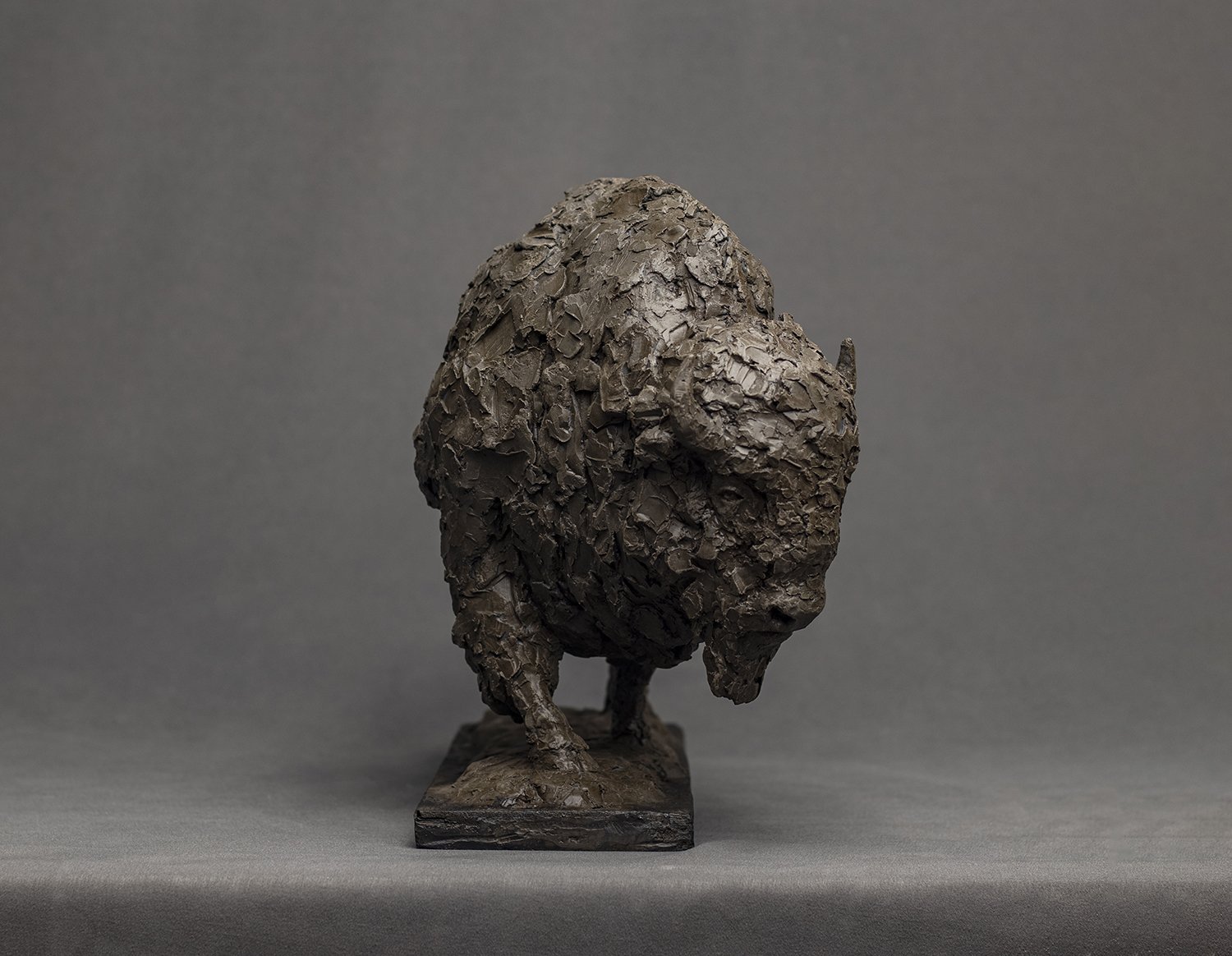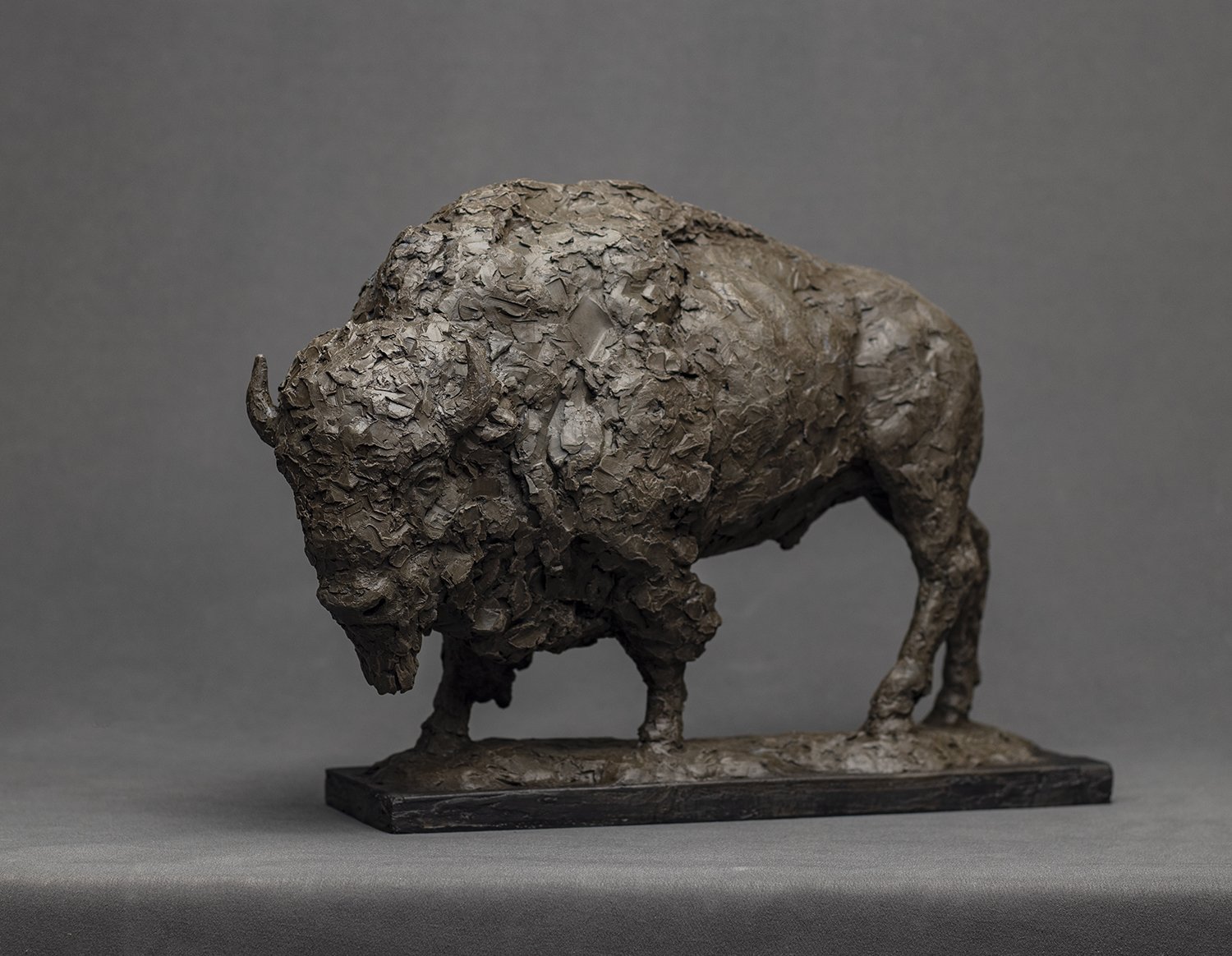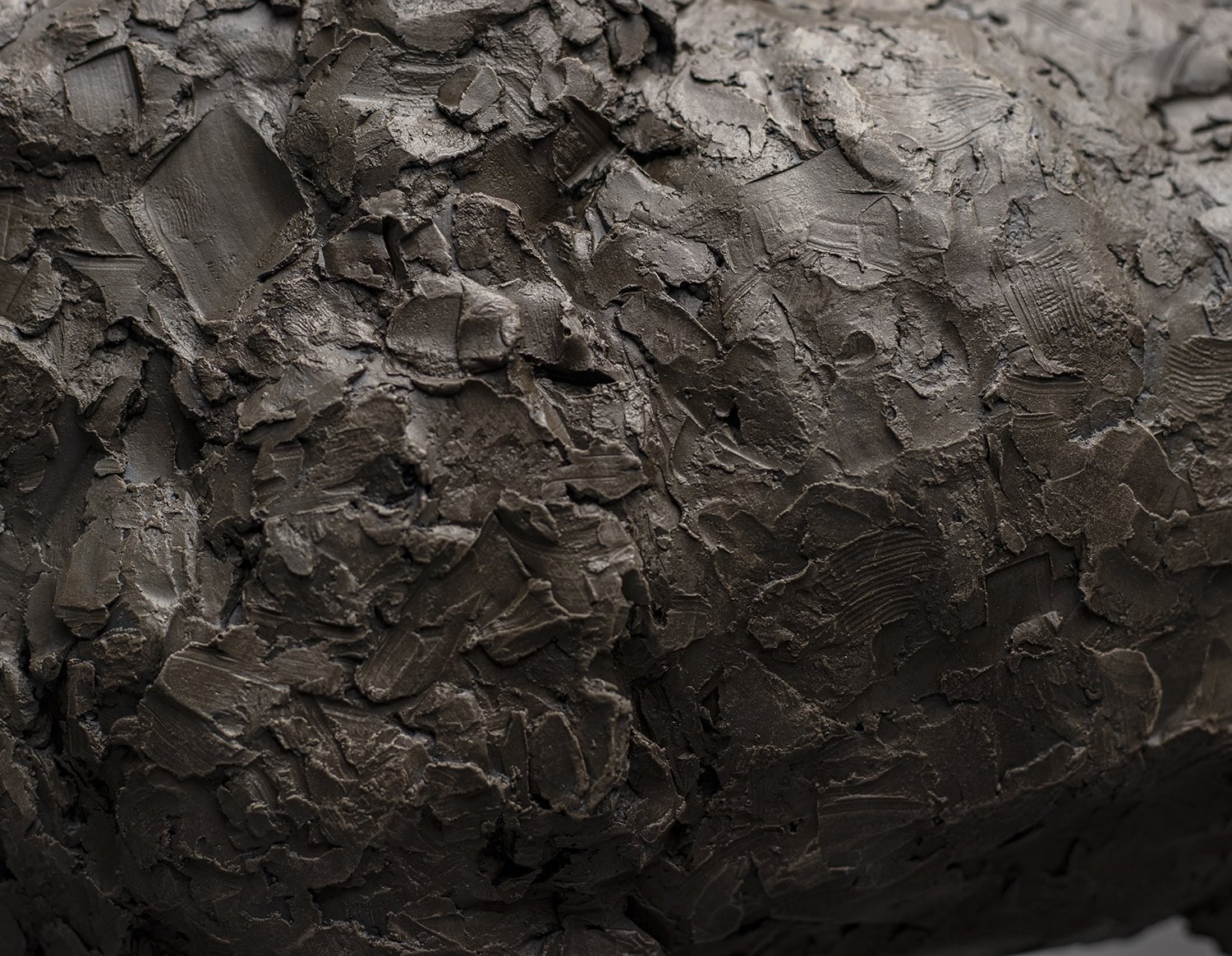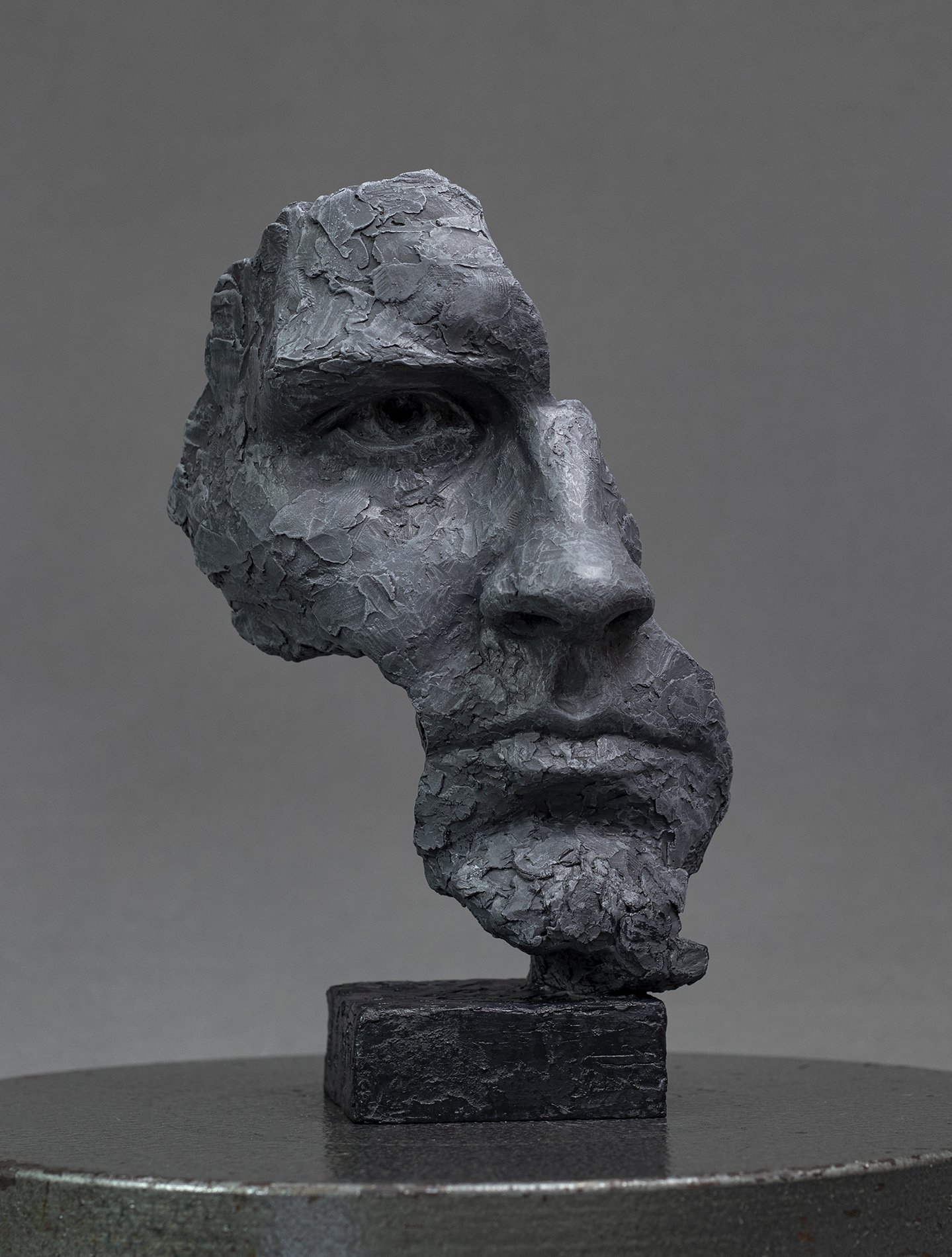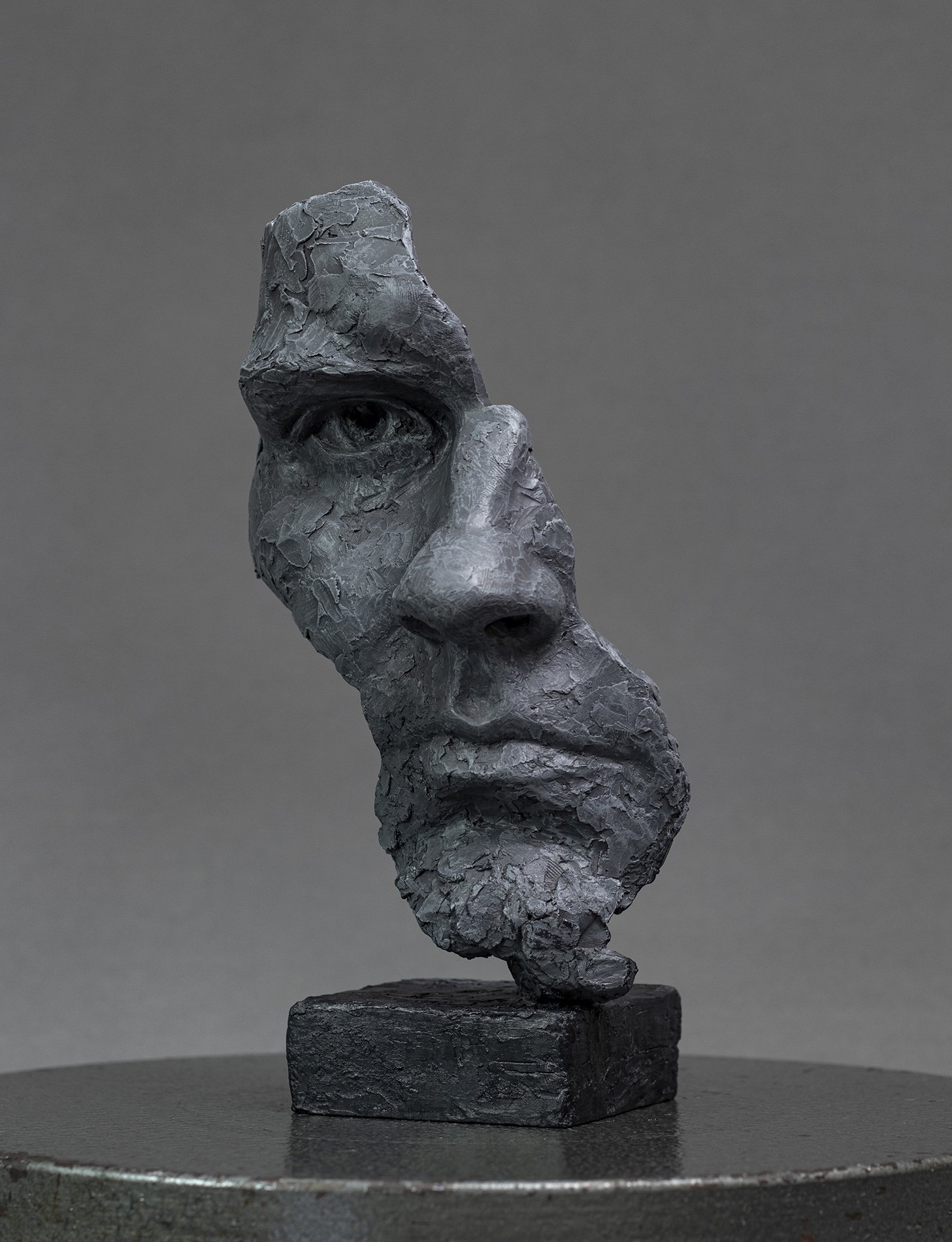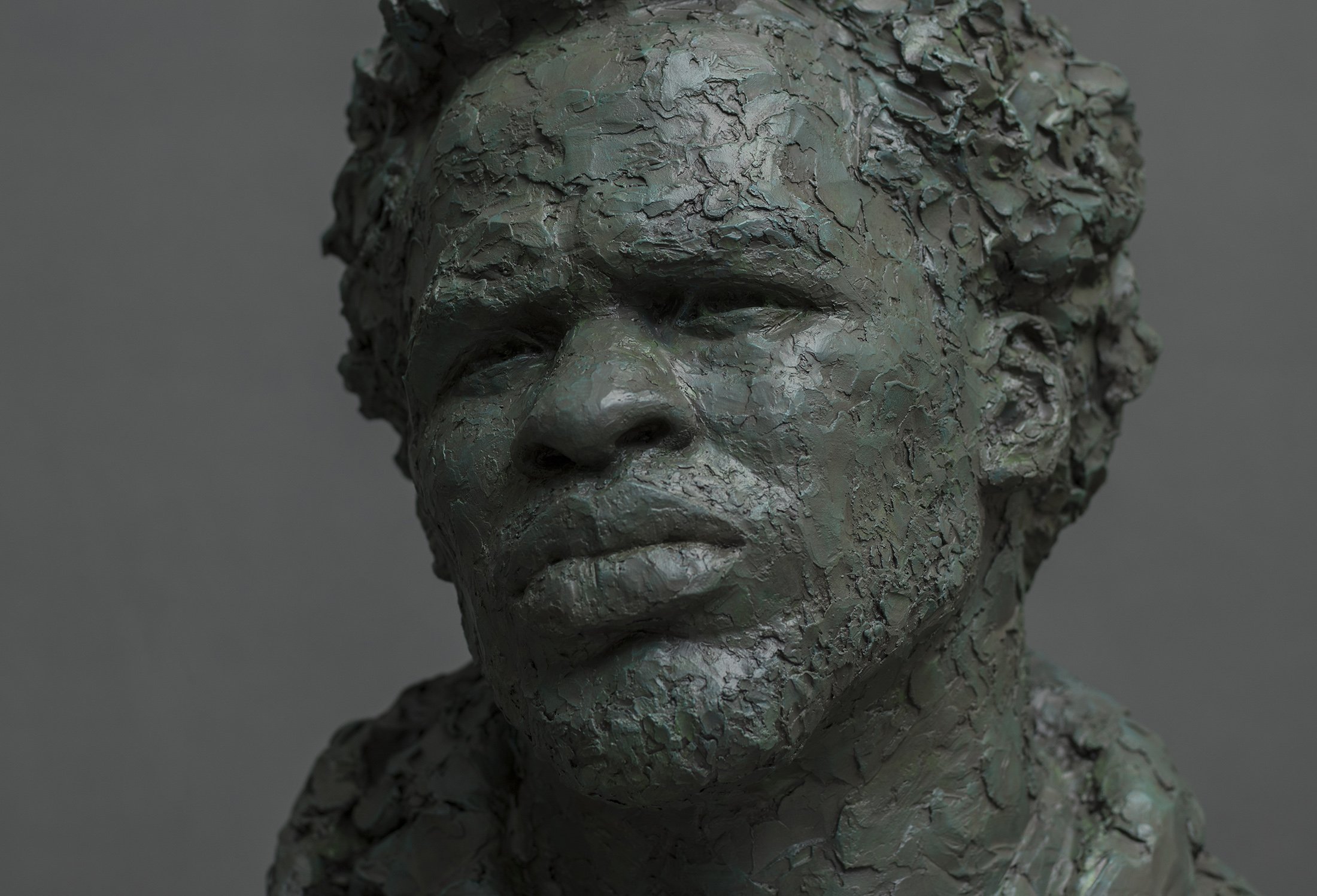 Image 1 of 8
Image 1 of 8

 Image 2 of 8
Image 2 of 8

 Image 3 of 8
Image 3 of 8

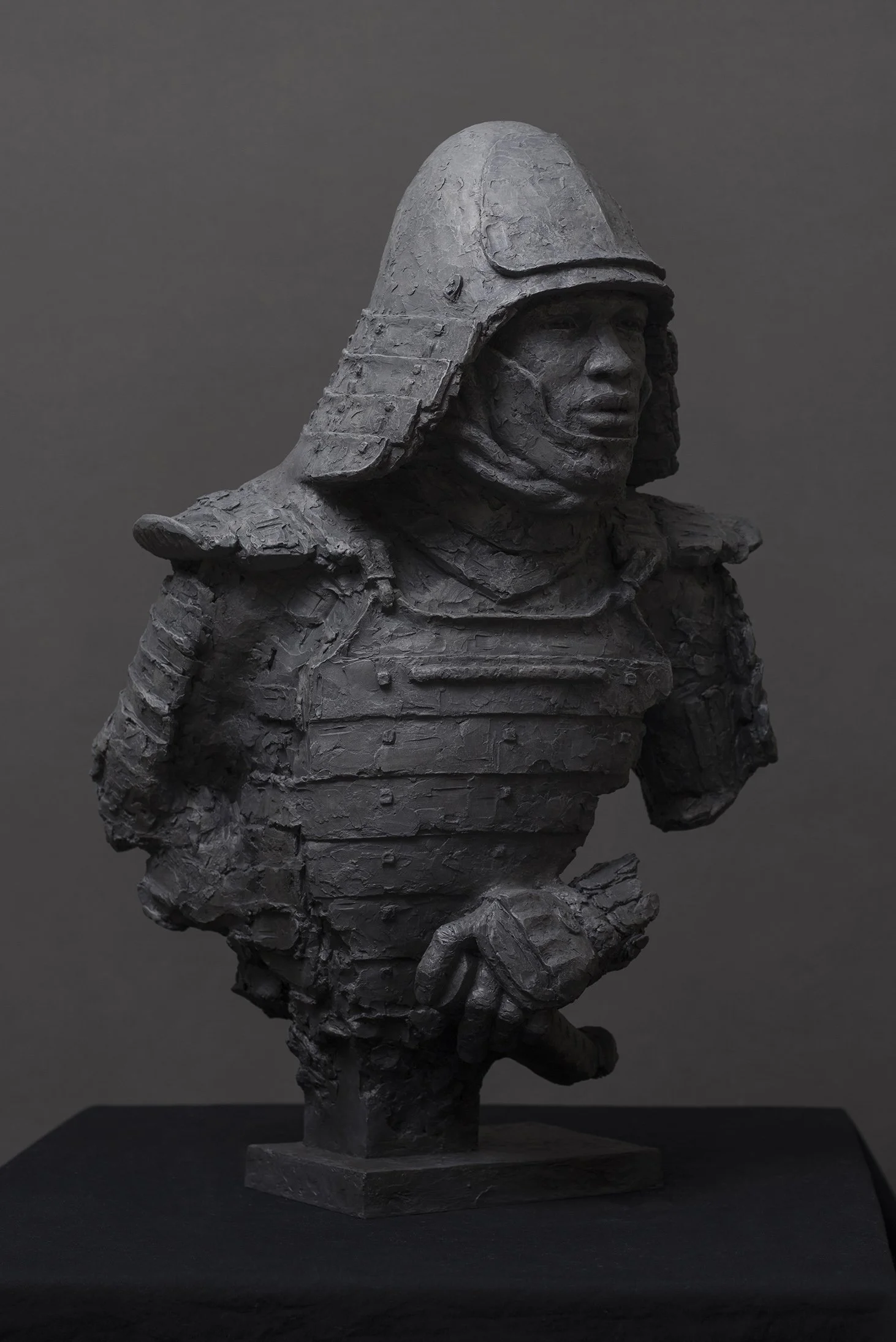 Image 4 of 8
Image 4 of 8

 Image 5 of 8
Image 5 of 8

 Image 6 of 8
Image 6 of 8

 Image 7 of 8
Image 7 of 8

 Image 8 of 8
Image 8 of 8









Yasuke
21.5”H x 14”W x 10”D
Limited edition of 6
Cast resin composite
Hand-painted patina
Free shipping within the US. Ships in 1-2 weeks.
** Every piece is cast and painted by hand. This makes each one unique; there may be slight variations in the color.
FOR BRONZE, PLEASE ENQUIRE AT: erik@erikebelingart.com
21.5”H x 14”W x 10”D
Limited edition of 6
Cast resin composite
Hand-painted patina
Free shipping within the US. Ships in 1-2 weeks.
** Every piece is cast and painted by hand. This makes each one unique; there may be slight variations in the color.
FOR BRONZE, PLEASE ENQUIRE AT: erik@erikebelingart.com
21.5”H x 14”W x 10”D
Limited edition of 6
Cast resin composite
Hand-painted patina
Free shipping within the US. Ships in 1-2 weeks.
** Every piece is cast and painted by hand. This makes each one unique; there may be slight variations in the color.
FOR BRONZE, PLEASE ENQUIRE AT: erik@erikebelingart.com
Yasuke is considered the first African Samurai. Historical details of his life are sparse, but what has been pieced together of his story is fascinating. His exact origin is unknown (I’ve depicted him as a Dinka of Sudan), but in 1579, he arrived in Japan from Portugal with an Italian Jesuit named Alessandro Valignano. He eventually came to meet Oda Nobunaga, one of Japan’s most famous historical figures, considered the first of three Great Unifiers of Japan during the Sengoku Period (in reference to the three Unifiers bringing a period of peace to Japan, the saying goes, "Nobunaga pounds the rice cake, Hideyoshi kneads it, and Ieyasu sits down and eats it”).
Oda Nobunaga had never seen anyone who looked like Yasuke. His height and strength were well beyond anything he’d known, and he'd asked him to scrub his skin to prove that he wasn’t painted with charcoal. Nobunaga clearly came to have a great deal of respect for Yasuke, as he appointed him Weapons Bearer, gave him a samurai katana and a place of residence in a beautiful castle.
On June 21, 1582, Oda Nobunaga was betrayed and ambushed by his general Akechi Mitsuhide, and committed seppuku (some believe that Yasuke was in charge of beheading him and escaping with the head so that the enemy would not have the opportunity to disrespect his leader in death). Yasuke joined Oda Nobunaga’s son, Oda Nobutada, who also committed seppuku after being attacked by Akechi Mitsuhide. Yasuke was apparently spared after the battle, and he disappears from history. There are plenty of theories as to what became of him, some seeming more likely than others.
I believe Yasuke functions well as a metaphor for the complexities of our current era. I have attempted to depict him as noble, powerful and ambitious, but also fragmented and roughly hewn.
—
Each sculpture is cast in either bronze or resin, using a mold that I create from an original sculpture in clay. If you are curious about the sculpting, molding or casting process, let me know and I’ll gladly talk your ear off.
- Editions: Each piece is a limited edition. This means that if, for example, there are 6 in the edition, once the sixth piece has been cast the mold will be destroyed and no more will be available.
- Lead Time:
- Resin cast: roughly 2–3 weeks
- Bronze cast: dependent on the foundry, generally 12–14 weeks
- Bronze vs Resin: Each material has its own benefits and drawbacks:
- Bronze is the standard in fine art casting. It’s durable, beautiful, has a prestige about it, and will last essentially forever. It’s more reliable for outdoor use than resin, but it is also heavier. The casts are created using the lost wax method, which has been around for over 5,000 years. This process is very time- consuming and labor intensive, which increases the lead time and cost of the final piece. My bronzes are cast in the Portland area by an excellent foundry which does extremely good work.
- Resin casts I make directly from the mold myself, from start to finish. I use a gypsum-based resin composite that is fiberglass reinforced. It’s light, strong, and quicker and less expensive to produce than bronze. The material itself is an off-white color which I dye dark grey, then paint the final piece by hand to resemble a bronze patina. The casts are strong, but the painted surface can be somewhat fragile and easily scratched. Appearance-wise, it’s easy to mistake a resin sculpture for a bronze.
- Patina/paint:
- Bronze can be patinaed in a wide variety of colors. The metal is heated with a torch and various chemicals are sprayed onto the surface, each causing a reaction that creates a different color. The process is an art in itself, and no two pieces are exactly alike.
- Resin is hand-painted to give the appearance of patinaed metal. I paint several layers in different colors, which gives the piece depth and highlights the texture of the surface. Color options are nearly limitless.




